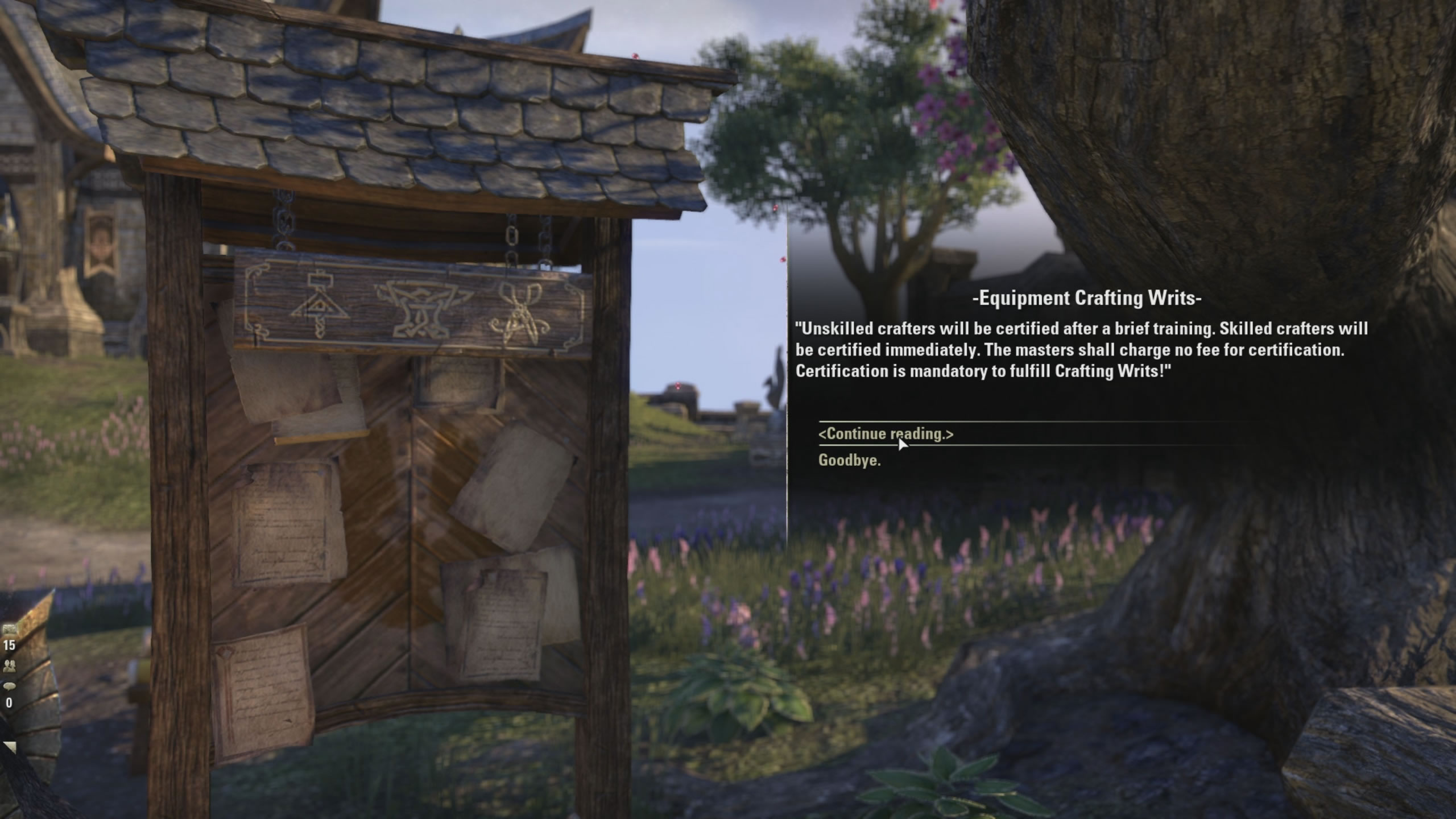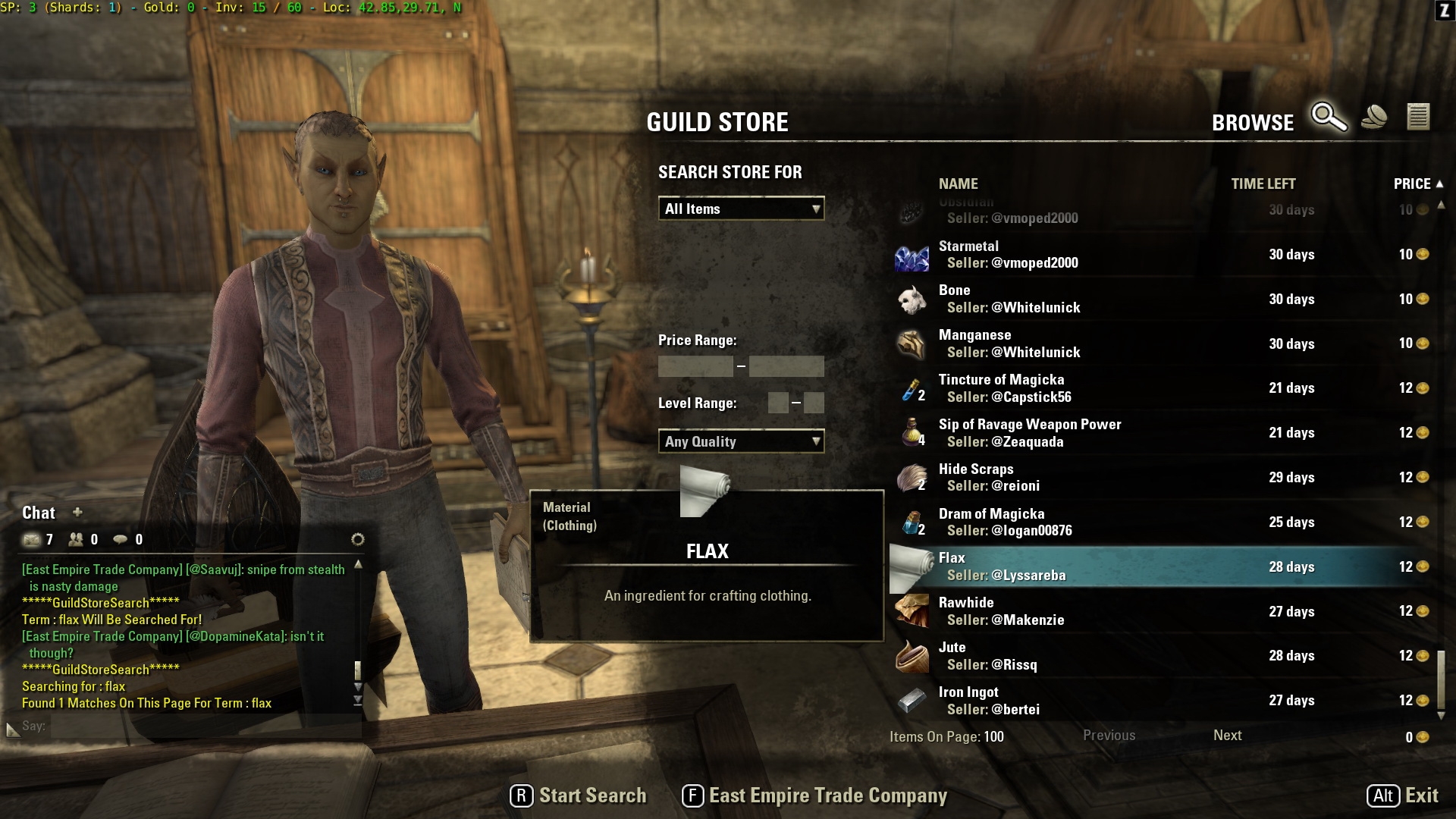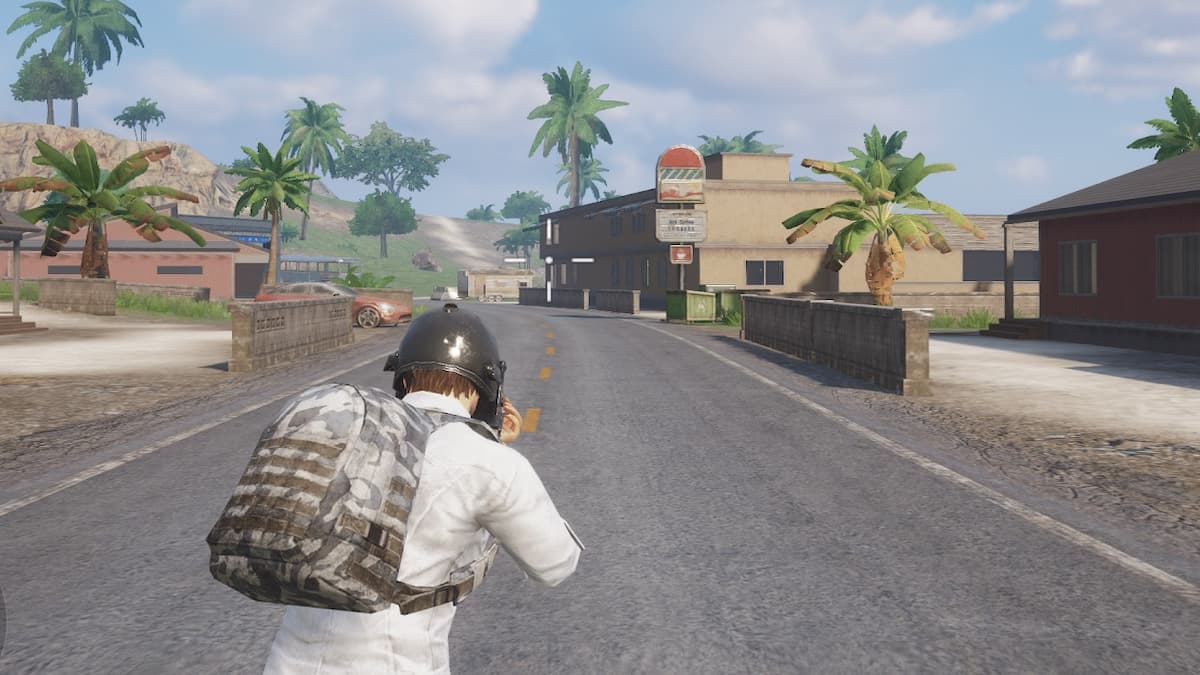When it comes to the Elder Scrolls Online (ESO), the question most often asked by new players — and even some seasoned ones — is “What is the best way to make gold?” As we get closer to the release of Elsweyr, that will undoubtedly be asked more and more.
To try and answer that question, we have outlined some techniques below that have worked for players in the past. Your mileage may vary, but these will be faster than some other methods.
Three Key Things to Start
First, making gold takes time and effort. You are not going to make hundreds of thousands of gold as soon as you start playing.
Second, once you have 5,000 crowns — or the 500,000 gold to buy the 5,000 crowns from a verified crown seller — buy the merchant. With some of the methods below, your inventory will fill up, which means you will need an easy way to sell items without having to frequently leave you grinding spot frequently
Third, keep repair kits for your level of gear on hand. Grinding mobs, public dungeons, et al., will damage your gear. To be most efficient, it will need to be frequently repaired.

General Exploration
There are lots items in the game that can be farmed, harvested, and looted, and riding a mount can cause players to bypass some of these items completely.
The best way to rectify that is to walk everywhere. While walking through Tamriel, be sure to kill any random creatures and enemies, and loot the carcasses/bodies as they will contain either gold, sell-able items, or both.
The next thing to do while exploring is to be sure to look inside of any container style items, such as trunks and baskets. These containers also contain gold or sell-able items. They also have the possibility of containing furnishing plans and sought after recipes.
Furnishing plans are items that can be learned in order to create furniture items for player housing. There are rarer plans that can be extremely high in value; it just takes a little research to figure out which plans.
The more sought after recipes are tri-stat recipes, meaning they provide buffs to magic, health, and stamina resources.
Harvesting and farming crafting materials is another thing to do while walking. We will go more into what materials are more desirable in the next section. At this point the more important thing is to harvest any material node you come across.
Material Nodes
There are many crafters in ESO, and they all need materials in order to craft. This is where harvesting the crafting nodes mentioned above comes into play.
There are many levels of materials in the game and the ones that sell the best are the ones that are used to craft max level gear (CP150/160 materials). Players will not obtain max level crafting materials in the beginning, though; it has to be worked towards by improving the crafting skill lines.
However, while working towards that, lower level materials can be sold for a modest amount of gold or can be refined in order to get improvement materials.
There are five levels of gear quality
- White
- Green
- Blue
- Purple
- Gold
Improvement materials are needed to improve gear to the desired quality. Refining the raw materials is how those improvement materials are obtained.
The more sought after are the purple and gold level improvement materials. Players can increase the chances of getting the purple and gold improvement materials from refining materials by adding skill points into the Extraction passive of the crafting skill lines.
When selling the purple and gold improvement materials, always use a guild trader (discussed later) over the general merchant. These improvement materials are always worth exponentially more than what the nine or ten gold gotten from the general merchant.
Daily Crafting Writs
Once a character reaches Level 5, players can be certified to do seven daily crafting writs, one for each discipline:
- Blacksmithing
- Clothier
- Woodworking
- Alchemy
- Enchanting
- Provisioning
- Jewelry
The first step is certification. The Jewelry crafting certification is done in the town of Alinor in Summerset. Players can become certified in the other six disciplines in any of the major cities across Tamriel.
These writs can be done in less than 15 minutes per character. Doing the seven crafting writs can net 4,648 gold per day or 32,536 per week per character if doing them every day.
Multiply that by eight characters (the default number of characters that can be had in an account) and it becomes just over 260,000 gold per week. This makes the daily writs one of the most efficient ways to make gold.
Master Writs
Another pro to completing the daily crafting writs is the possibility of getting master writs. Master writs are special writs that request a specific item and give writ vouchers as a reward (writ vouchers are another currency form that allows players to purchase different types of items from special vendors).
Reaching the required level to get these does require a little work in the crafting disciplines and the first skill in the discipline has to be maxed out with the required number of skill points put in as well.
The work, though, is worth it as master writs can sell for 1,000 gold per writ voucher in most guild traders.

Pickpocketing, Lockpicking, Thieving
Fencing stolen items is a great way to generate gold. With the Legerdemain skill line and Trafficker passive maxed out, you can fence up to 140 items a day. Maxing out the Thieves Guild skill line and the Haggling passive increases the amount you get per fenced item.
The important thing to keep in mind is to be sure to sneak around and try not to get caught. If seen in the act, the player will obtain a bounty and be targeted by guards. Should a guard catch a player who has a bounty, the player will then lose all stolen items in their inventory.
Quick pro tip: if the player opts to flee when stopped by a guard, the player should run towards water and swim away if possible. The guards will not follow in water. Just be mindful of open water as going too far into it may cause the player to be killed by slaughterfish.
Motif Farming
As mentioned previously, there are lots of crafters in the game and these crafters often look for motifs. Motifs are a style design that players can learn in order to craft sets of those specific styles. The main reason these are sought after is they are needed for the master writs mentioned above.
There are many daily quests that have a chance to drop motifs in the reward coffers. Motifs can be learned and/or sold if you already know them or have no interest in learning them respectively.
Along with motifs, style material is needed to craft the motif type. Each style of motif uses a different style material. Some of these style materials are valued more than others as they are also used in crafting furniture pieces and/or are more difficult to acquire. The majority of these can be acquired by completing quests.

Public Dungeons
Public dungeons are typically a little more difficult than the common, open-world as there are many more enemies and, specifically, a few more difficult enemies.
At lower levels, it is recommended to run these with a group to help stay alive. There are two key things to keep in mind with this method. First is to make sure to keep repair kits in your inventory as gear will get damaged. Secondly is that this is a key time to have the merchant assistant mentioned in the beginning of the article or have someone in the group have it.
Inventory will fill quickly and players will have to sell often. It is more efficient to have the merchant handy than to have to travel out of the dungeon and sell every twenty minutes. Doing this, however, can net 20,000-30,000 gold per hour.
Flipping Items
Many players put items in guild traders that are under-priced per the market. Being able to spot these items and flipping them can be quite profitable. This is not something new players will know how to identify at the start but will get a feel for as they progress through the game.
The better guild traders to look for these types of items will be the outlier traders and the traders in the outlaw refuges. The key thing to do when searching these traders is to view all items and sort by time left.
The majority of the under-priced items are going to fall into the 28-30 days remaining window. Anything with less than 28 days remaining has quite possibly been picked through already.
Selling Gear
Through the course of exploring Tamriel, players will pick up gear. While below max level (CP160), it is recommended to sell this gear as it useless once the player is beyond the gear level.
This gear can also be deconstructed for materials if the player is so inclined, but that is only suggested for the purple quality items as the player has the chance of getting purple improvement materials that can then be sold in the guild trader.
At max gear level (CP160), not all styles are sought after and those can be sold or deconstructed as mentioned above. However, there are some highly sought after styles that can net a good profit. A couple of examples of these are:
- Spriggans: Found in Bangkorai; great for stamina characters.
- Briarhart: Found in Wrothgar; great for stamina characters.
- Necropotence: Found in Rivenspire; great for magicka characters that use pets.
There are other sought after sets as well. Players will learn more about which sets are more desirable over others as they gain experience playing.
Guild Trader
Once you can consistently afford the weekly fees and keep 30 slots filled, join a trade guild.
In general, look for an established trading guild in a capital city or a large city. Dues will vary based on location, but some of the best places to look are:
- Mournhold — Deshaan
- Elden Root — Grahtwood
- Wayrest — Stormhaven
- Belkarth — Craglorn
- Alinor — Summerset
- Rawl’kha — Reapers March
The ESO Forums have a guild recruitment section that is broken down by platform. Review the posts there on how to request access to the guild.
There are many other ways to make gold in game, but these have given the most gold per time commitment. Be sure to head over to our Elder Scrolls Online guides for tips and tricks.











Published: Mar 14, 2019 03:57 pm